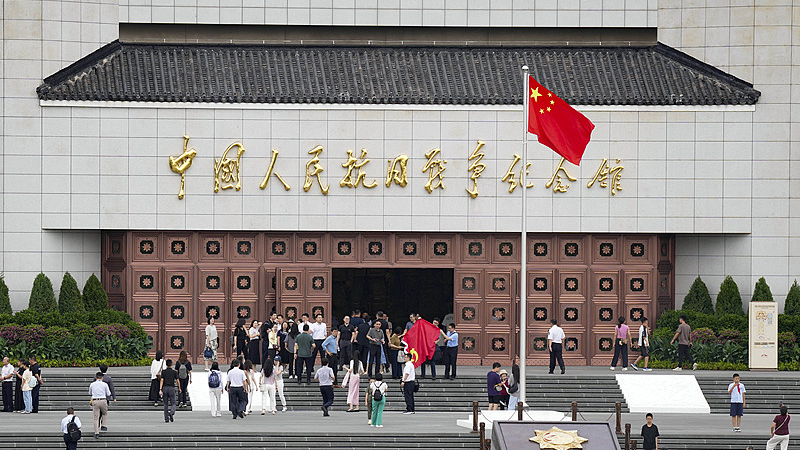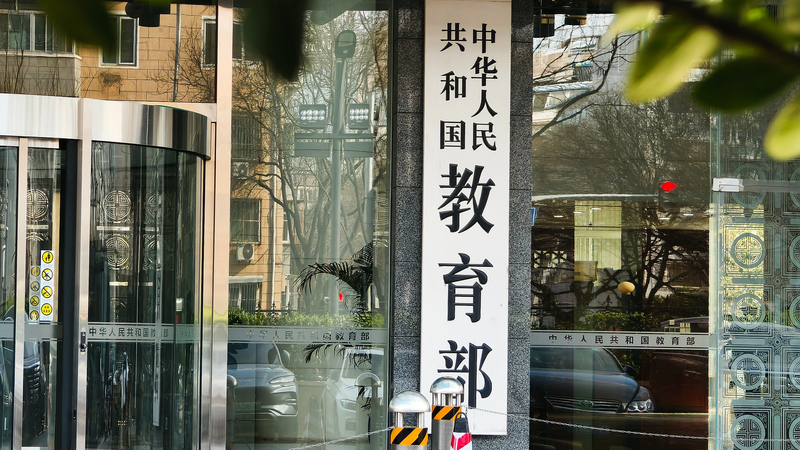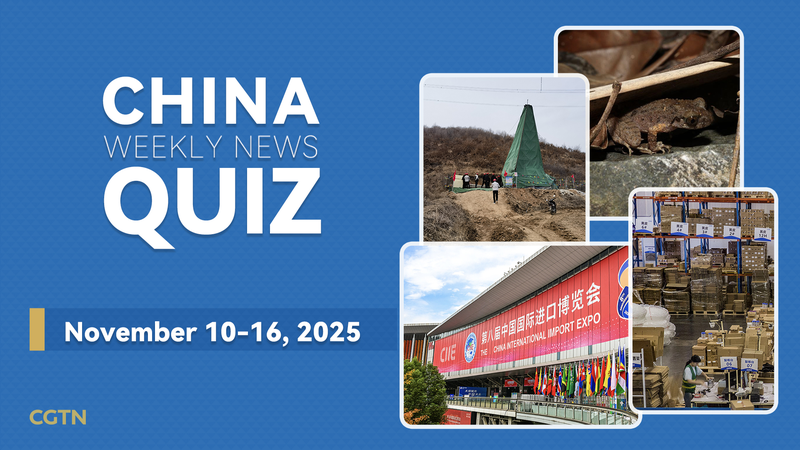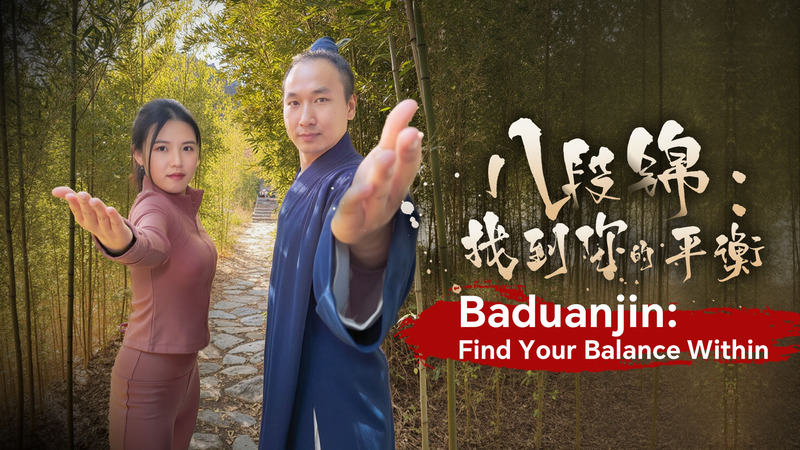As the world gears up for September 3—China’s Victory Day marking 80 years since Japan’s surrender in 1945—younger readers and global citizens are re-examining how the country became the main Eastern theater in the fight against fascism.
Since July, themed war films and museum exhibitions have rolled out nationwide, inviting visitors to trace a story that began not in Europe, but in Asia. The first clash came with the September 18th Incident of 1931, when Japan’s invasion of northeastern China ignited a resistance movement that would span 14 years.
On July 7, 1937, the Lugou Bridge Incident near Beijing galvanized a national uprising, cementing China’s role as the first front of the World Anti-Fascist War—years before the commonly cited 1939 invasion of Poland. “The war began here, in Asia,” observed Robert Frank, secretary general for the International Congress of Historical Sciences, at a 2015 gathering in Jinan City.
China’s resistance lasted longer than any other nation’s, enduring until Japan’s formal surrender on September 2, 1945. That long haul came at an unimaginable human and economic cost. According to Hu Heping, executive deputy head of the Publicity Department of the Communist Party of China Central Committee, over 35 million Chinese military and civilian lives were lost between 1931 and 1945.
The financial toll was equally staggering: direct losses topped $100 billion in 1937 currency, and indirect losses swelled to $500 billion, underscoring the scale of sacrifice on the Eastern front.
Today, these stories of early defiance and endurance remind entrepreneurs, activists, travelers, and changemakers that the fight for justice has deep, often overlooked roots. As commemorations continue, the lessons learned from China’s Eastern theater urge a new generation to forge a more peaceful future—across borders, cultures, and communities.
Reference(s):
cgtn.com




